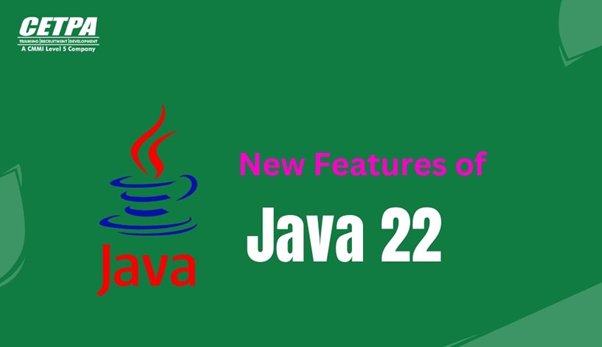Java 22 and Previous Versions: What’s Changed and Why It’s Important

Java has been a pillar of software development for decades, powering everything from web applications to large enterprise systems. With each new version, Java introduces features that make it more efficient, secure, and developer-friendly. The latest version, Java 22, is no exception, bringing significant changes that are shaping the future of Java development. To understand why Java 22 is important, we need to compare it to previous versions and examine its impact on developers and businesses.
1. Impact on Java Development
For developers, understanding the latest changes in Java 22 can be a game-changer for building modern and efficient applications. Many who enroll in a Java course or professional training will find that the new version’s features make coding more fluid and accessible. Whether you’re learning Java from scratch or updating your skills, familiarizing yourself with the updates in Java 22 is essential to staying current in the rapidly evolving world of software development.
2. Improvements in Java 22
One of the most important new features of Java 22 is its advanced performance optimizations that enable Java applications to run faster and use fewer resources. New Just-In-Time (JIT) compiler improvements make the application runtime significantly smoother than previous versions. Additionally, the garbage collection mechanism has been improved, thus reducing overhead and improving memory management of Java applications.
The introduction of new APIs in Java 22, especially in areas such as networking and data processing, gives developers more control and flexibility in handling complex tasks. This focus on improving both performance and productivity makes Java 22 an attractive option for developers looking to increase the efficiency of their applications.
Read more: Clipart:Hl14kdjir5w= Hearts
3. Security Improvements
Security is another area where Java 22 stands out from its predecessors. The new version introduces stronger encryption algorithms and security protocols, which are vital for developing secure applications, especially in an age where cyber threats are becoming increasingly sophisticated. Unlike previous versions, Java 22 places a greater emphasis on securing both native and cloud-based applications, making it a vital upgrade for companies focused on secure software development.
4. Ease of Development
Java 22 also simplifies Java development with new language features such as pattern matching for switch statements and records that simplify how developers write and organize code. These features not only simplify the development process, but also reduce the likelihood of errors as the new syntax is more intuitive and reduces boilerplate code. This is a significant improvement over previous versions where developers had to write more code to achieve the same functionality.
5. Better Support for Modern Architecture
Another important new feature of Java 22 is its improved support for cloud-based applications and microservices. Previous versions of Java required more manual configuration for cloud deployments, but Java 22 automates many of these processes, making it simpler to scale applications across distributed systems. This is a big win for businesses and developers working with modern architectures, as it saves time and resources in both development and deployment.
6. Why It’s Important
Staying up to date with Java 22 is essential for anyone looking to improve their Java development skills through formal training or hands-on experience. Businesses that upgrade to the latest version can benefit from improved performance, security, and developer productivity, ultimately leading to better applications and services. With the increasing demand for efficient and secure software solutions, Java 22 provides developers with the tools they need to meet industry standards and exceed user expectations.
In conclusion, Java 22 is not just an incremental update; it’s a significant leap forward in performance, security, and development efficiency. Whether you’re enrolled in a Java course or a seasoned professional, understanding the new features of Java 22 and how they differ from previous versions is essential to staying competitive in the software development space.




